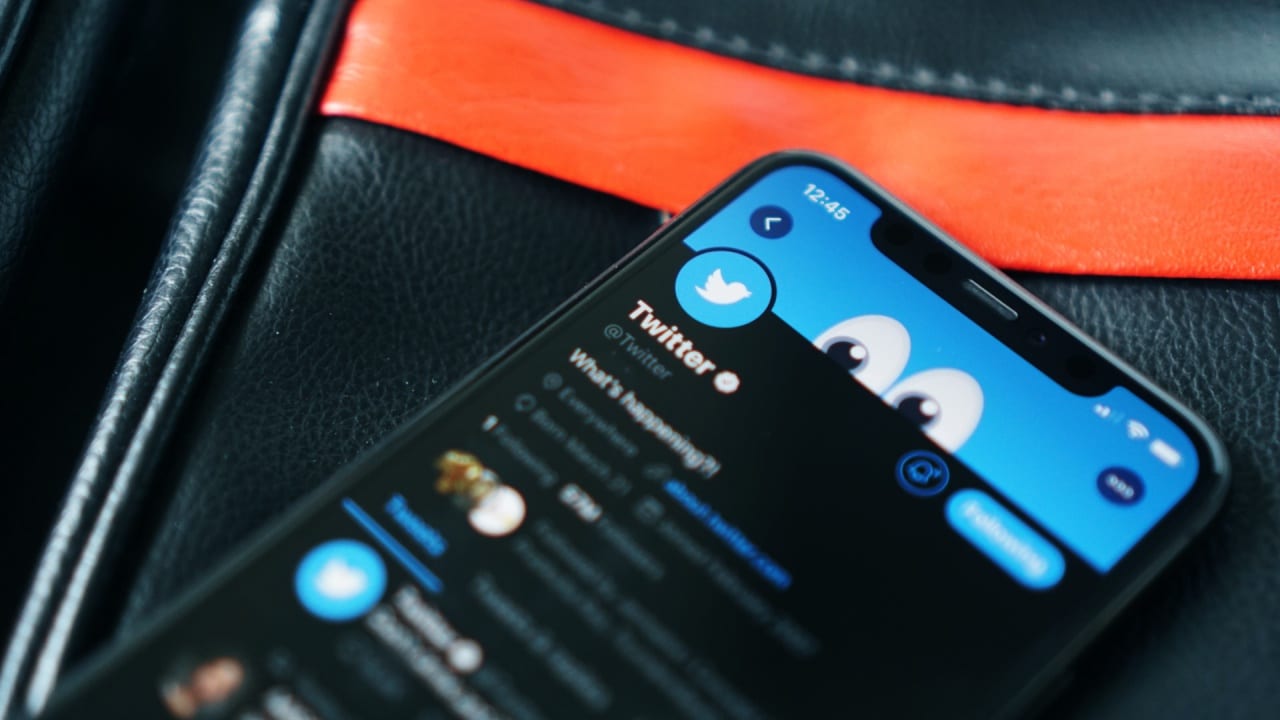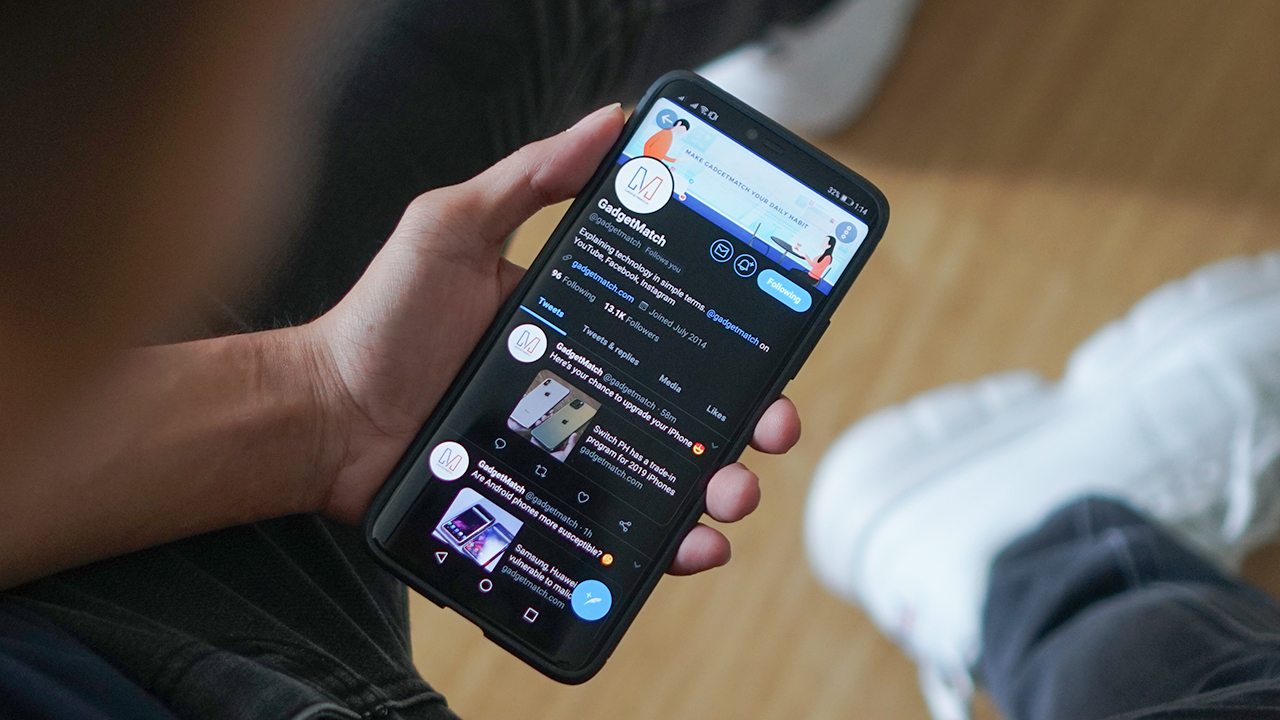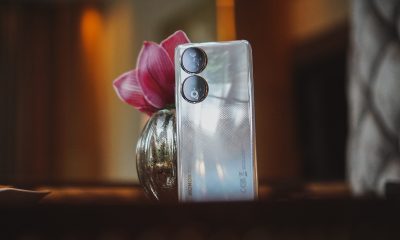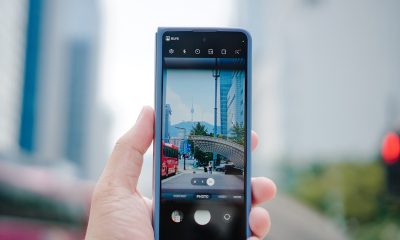Apps
Twitter and the Indian government are involved in a nasty face off
The winner is a new app called Koo

Twitter finds itself stuck in an odd situation — comply with government law or continue self-moderation? Who decides what can stay up on the platform and what cannot? The new challenges of governing social media has received a lot of attention globally, and the debate has intensified in India recently.
Following a massive protest demonstration in Delhi on January 26, the Indian government asked the American social media giant to take down 257 accounts, allegedly spread misinformation, and incited violence. The country recently enacted three new farm laws that have received considerable opposition in some parts of the country.
After the notice was sent, Twitter briefly suspended many of those accounts at the government’s behest but reinstated them a few hours later due to public outrage. The accounts included media publications like The Caravan as well as handles supporting the farmer protests.
Many view this as a crackdown on dissent and feel the government is trying to silence genuine opposition. However, the government asked Twitter to take down another 1,200 accounts on February 4, justifying that security agencies flagged them due to their close association with Khalistan’s separatist movement.
Government vs. Twitter
India’s Ministry of Electronics and Information Technology (MeiTY) has sent a non-compliance notice to Twitter. Critics say the government uses its power to suppress freedom of speech and the Twitter takedown sets a precedent for the future.
Twitter chose to remain defiant, issuing a public statement that its employees’ safety was a top priority but that the tweets must continue to flow. In fact, it went all-in and countered the government by saying it has acted on several blocking requests from the government in the past 10 days. But it declined to take any action on news publications, journalists, activists, and politicians as it believes that doing so “would violate their fundamental right to free expression under Indian law.”
And this is where the government lost its patience. It was quick to say that Twitter “is welcome to do business in India” but must respect local laws. As a slight nudge, the ministry opened an account on Koo, India’s local alternative of Twitter, and posted a “koo” there. This prompted many to believe that a Twitter ban could be near the horizon; alas, this is just speculation.
India soon issued a very strong-worded statement, “Due to India’s conducive business environment, open Internet and a firm commitment to the freedom of expression, Twitter as a platform has grown significantly in India in the last few years…Twitter, as a business entity working in India must also respect Indian laws and democratic institutions.”
What does the future hold?
The discussion now revolves around content moderation and maintaining its integrity. Should a private for-profit company be allowed to censor or monitor what kind of content is being posted online? Can we let governments dictate policies? Especially when this gives them an easy option to crush dissent and offers more control.
The Indian government has also accused Twitter of “differential treatment” in the US and India. The platform was quick to remove then-President Donald Trump when Capitol Riots were underway but did little to curb the flow of misinformation when thousands had seized India’s Red Fort as a sign of protest.
In the end, Twitter said it had permanently blocked over 500 accounts and moved an unspecified number of others from view within India. It remains to be seen how Twitter and government move forward, but one thing’s clear — a new wave of nationalism wants a local Twitter alternative.
With more than 700 million internet users, India is a huge and important market for global tech companies. Every company wants to lead the market due to its incredible size and potential. TikTok lost the market forever, but Reels was able to grab the opportunity. Can Twitter afford to go up against the government, from a business point of view?


Archiving social media is a real problem today. Because most of public discourse happens through social media platforms, a single break in infrastructure can easily wipe out entire conversations and milestones in the modern era. Over the weekend, that exact scenario happened. A glitch on X reportedly erased most images and links from 2014 and beyond.
As spotted by Tom Coates on the platform, images from before December 2014 disappeared from the site. Likewise, links from the same period are also broken and lead nowhere. Among those that disappeared, one of the most notorious losses was a photo taken by Ellen DeGeneres at the Oscars — a tweet that garnered an enormous amount of retweets at the time.
More vandalism from @elonmusk. Twitter has now removed all media posted before 2014. Thats – so far – almost a decade of pictures and videos from the early 2000s removed from the service.
For example, here’s a search of my media tweets from before 2014. https://t.co/FU6K34oqmA
— Tom Coates (@tomcoates) August 19, 2023
X has not publicly commented on the supposed glitch. However, after the deletion was noticed, the platform restored the iconic Ellen DeGeneres photo to its full glory. It’s not a complete restoration, though. A lot of content are still missing.
The single photo’s restoration suggests that the content wasn’t outright deleted but rather misplaced. As some have pointed out, a few instances are still directly available from the servers. Users have also speculated that the glitch was intentionally done to free up valuable server space.
Regardless, the glitch — intentional or accidental — opens up an important issue on how the world can archive content on social media platforms. Despite how inane our conversations can be from day to day, losing a section of social media also means losing entire swaths of public discourse to the ether.
SEE ALSO: Twitter is rebranding to 𝕏
Quickly sharing smartphone photography can be a chore. Not every messaging platform allows lossless media sharing. Often, a platform will sacrifice image quality for speed. Finally, WhatsApp is getting with the program and allowing users to send HD photos on the app.
Today, Meta CEO Mark Zuckerberg officially announced a new feature coming to WhatsApp. Starting now, the messaging platform is rolling out an update to enable HD image sharing.
According to WABetaInfo, the feature will bump up image quality to 4096 x 2692 resolution. Now, an upper limit naturally implies that there’s still compression going on, especially for photos taken at much higher resolutions. WhatsApp has not explained how compression will work under the new HD feature. However, it’s still a good improvement.
Alternatively, if users don’t want to handle the increase in storage or bandwidth use, they can continue to send images in standard quality. The option, once the app is updated, can be accessed by an HD icon when sending images.
Besides image sharing, WhatsApp is also working on adding HD sharing for videos. However, Zuckerberg did not share a timeframe for the improved version of the feature. The update should be rolling out now for WhatsApp users.

X is continuing its arduous trek to become an all-in-one app. This time, after reintroducing native livestreaming, the platform is moving towards the next natural evolution: video chat. X CEO Linda Yaccarino has officially announced that the feature will come to the platform soon.
In an interview with CNBC, Yaccarino, who took the reins from Elon Musk earlier this year, announced that “soon, you’ll be able to make video chat calls without having to give your phone number to anyone on the platform.” As if that’s not enough, Andrea Conway, a designer at the company, also posted that she “just called someone on X.”
Given Conway’s post, the feature should be in a relatively stable part of the development process. However, it’s not clear when and how the platform plans to launch video chats for the public. It’s also unclear whether the feature will be available to all users or only to those who pay for X Premium, formerly known as Twitter Blue.
With the evolution of all social media platforms (and not just X), it’s not a surprising development for the company. The industry is dedicated to creating the next “everything” app or a hub where users can find everything they’ll need for their digital world: social media, communication, commerce, and other functionalities. TikTok, for instance, recently started tests to support podcasts.
SEE ALSO: X is bringing back livestreaming
-

 Reviews2 weeks ago
Reviews2 weeks agoThe Xiaomi Pad 6 is great for the editor on-the-go
-

 Reviews2 weeks ago
Reviews2 weeks agoHONOR 90 review: Simply bedazzling
-

 Gaming2 weeks ago
Gaming2 weeks agoRefurbished Steam Decks are now available through Valve
-

 Health2 weeks ago
Health2 weeks agoRedmi Watch 3 Active: Basic but better
-

 Gaming2 weeks ago
Gaming2 weeks agoRockstar officially partners with Grand Theft Auto V roleplay servers
-

 Gaming2 weeks ago
Gaming2 weeks agoPlayStation 5 Slim supposedly leaked online
-

 Entertainment2 weeks ago
Entertainment2 weeks agoCatch Cinemalaya 2023 films at Ayala Malls this weekend
-

 Apps2 weeks ago
Apps2 weeks agoSpotify DJ feature now available in the Philippines




















